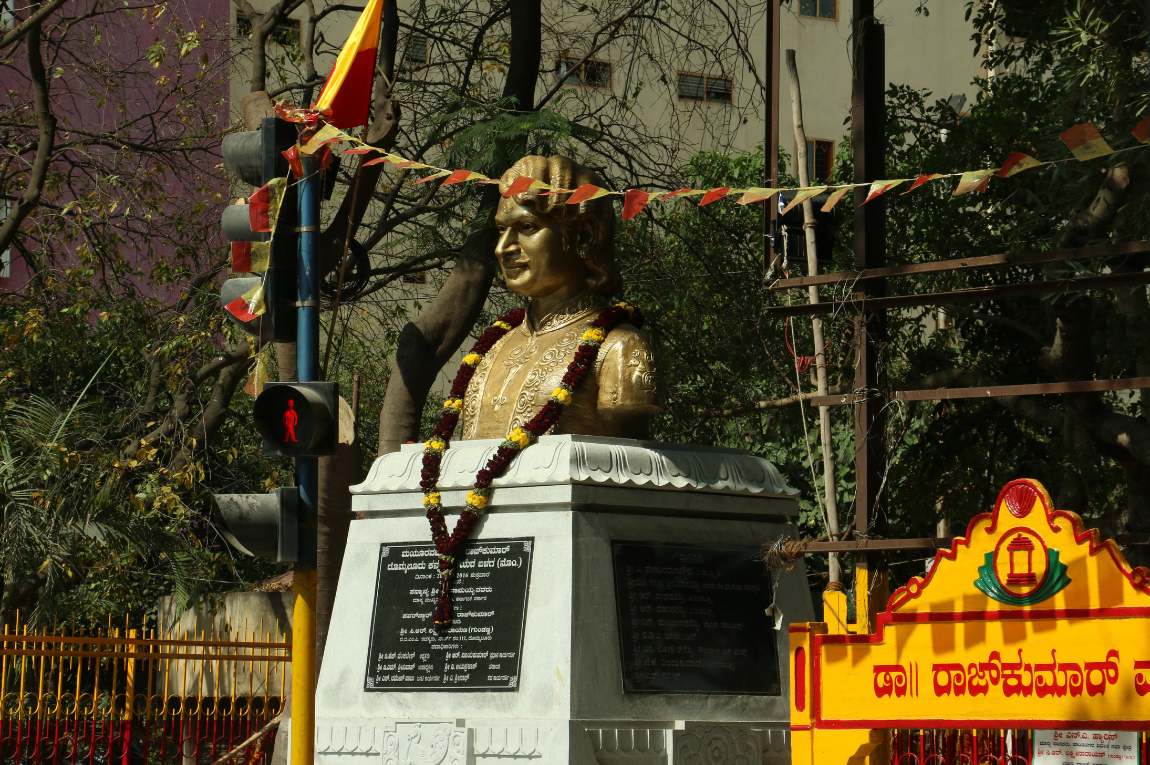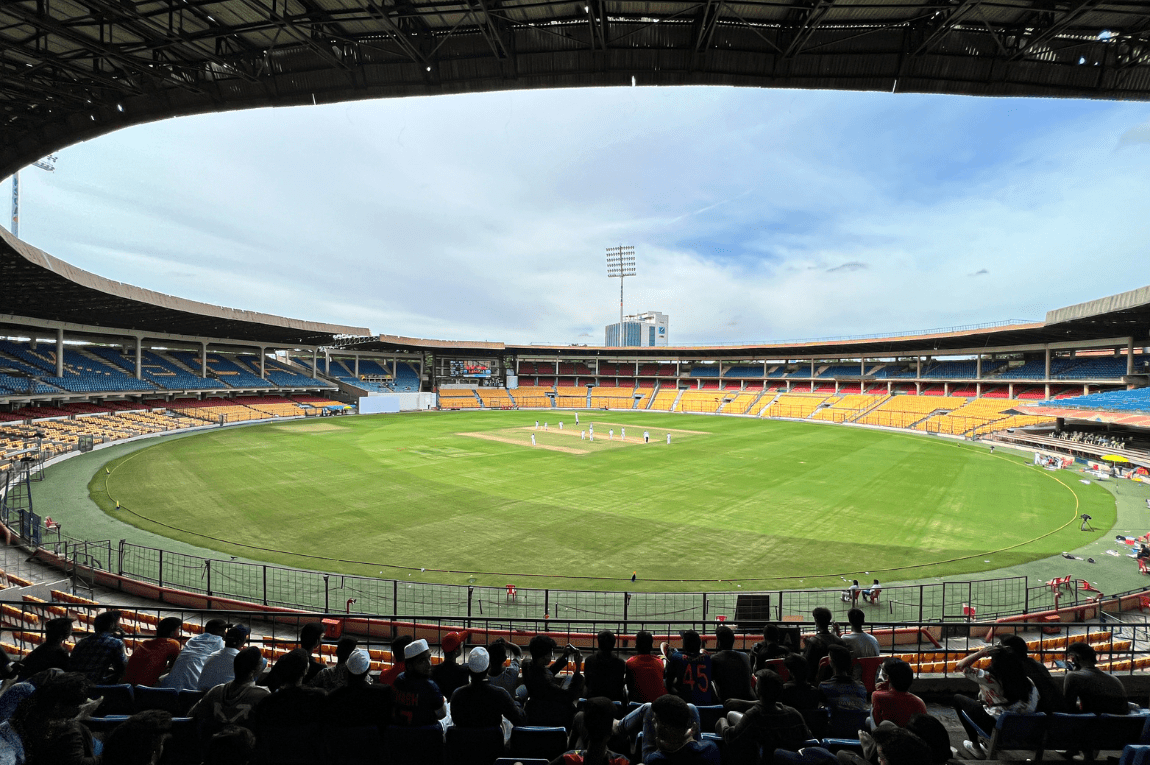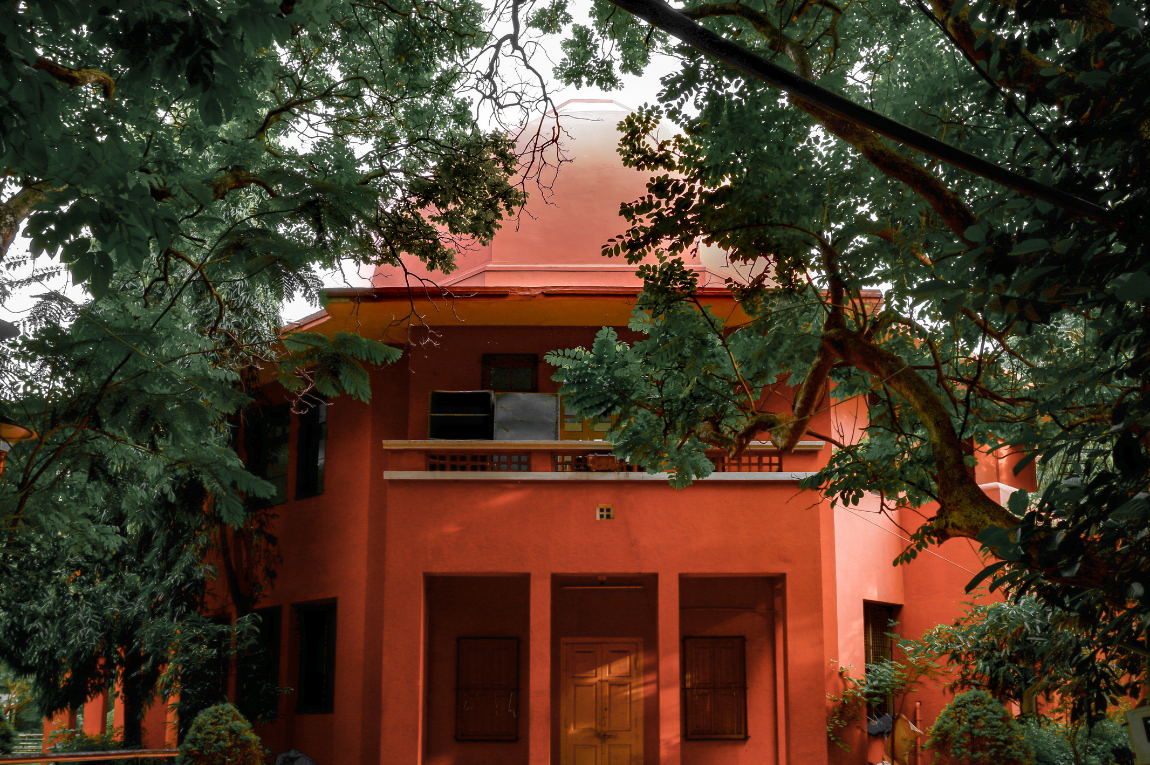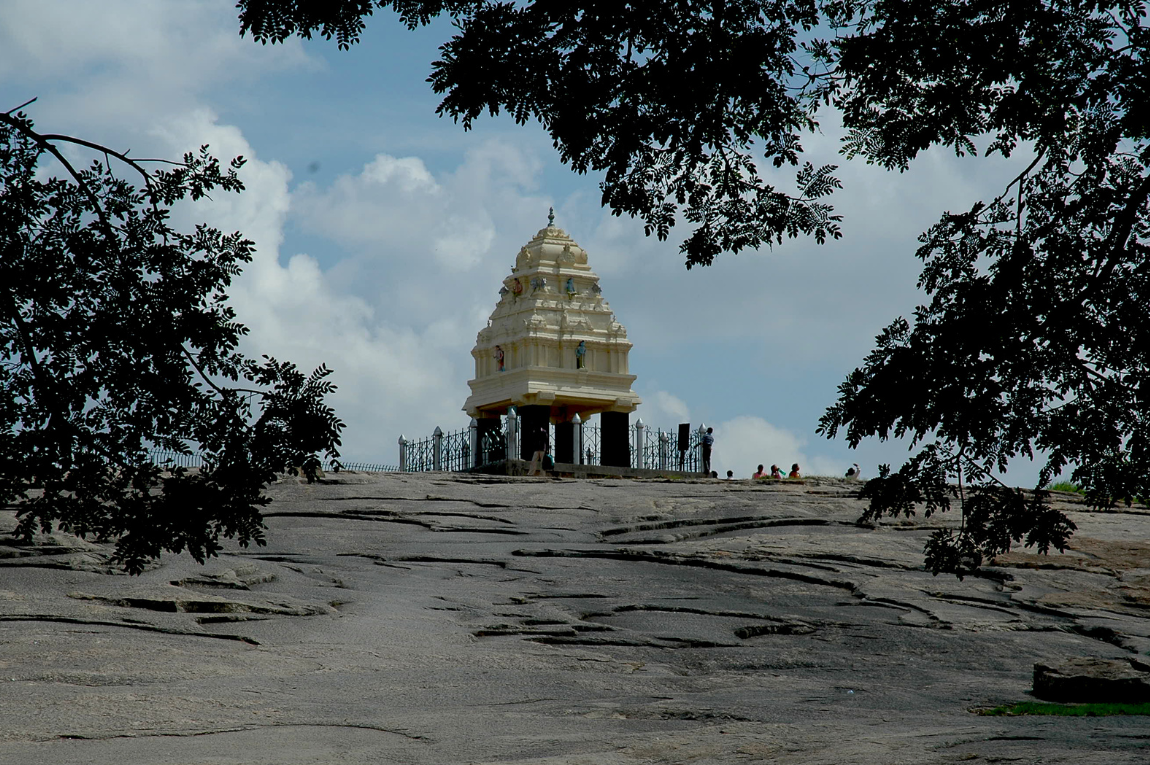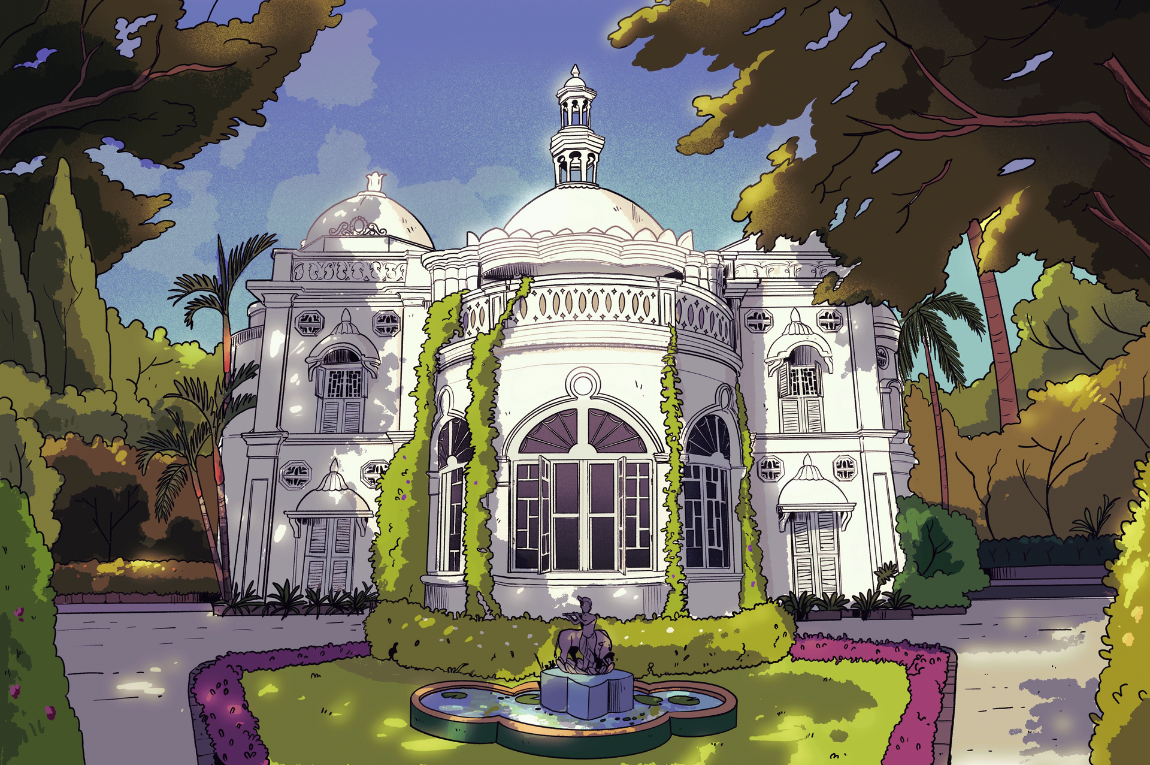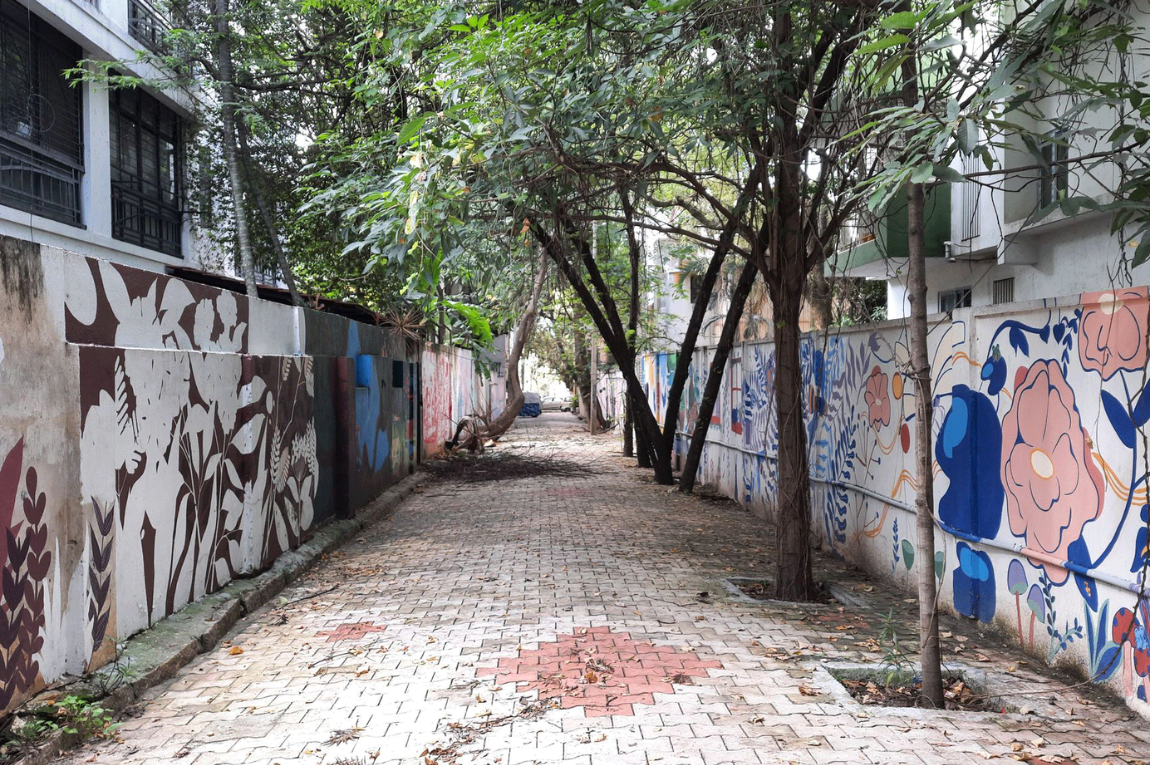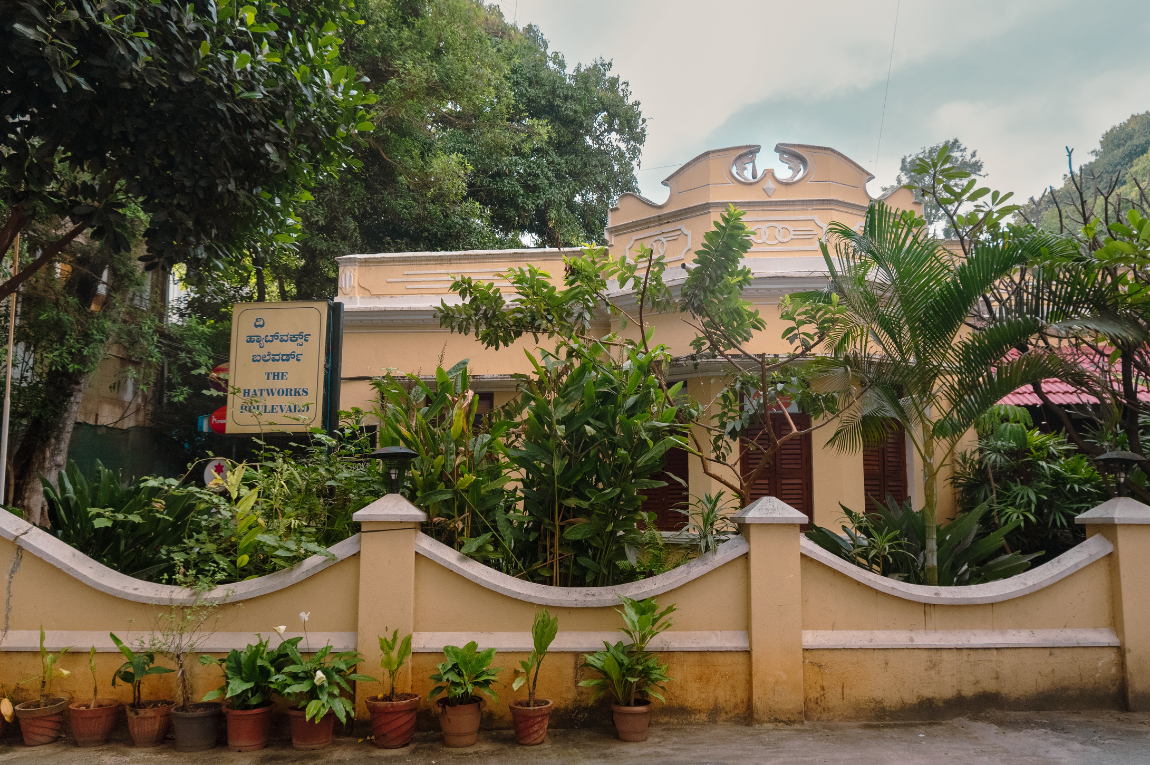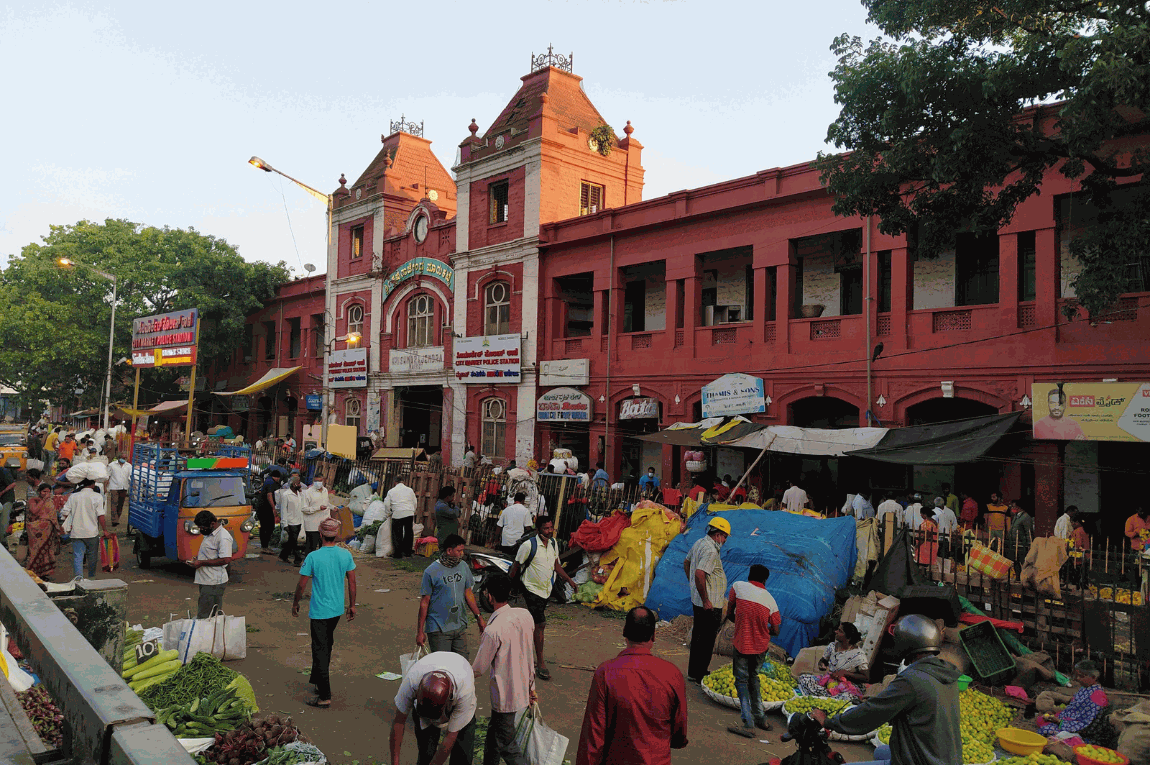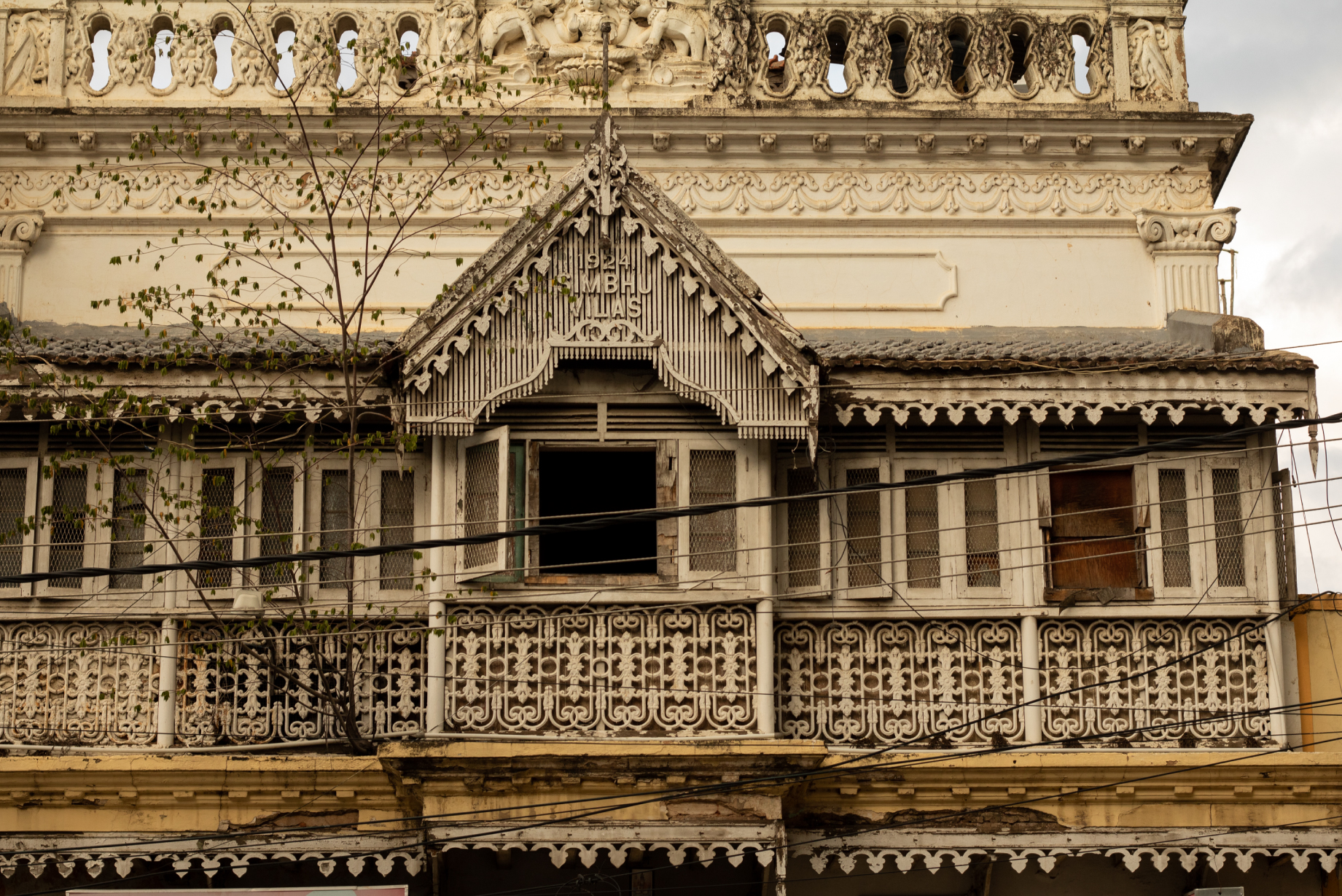The first time I watched a movie starring Dr Rajkumar — the Kannada film industry’s most acclaimed actor — was when I’d just turned a teenager, more than three decades ago. It was a period drama full of colour and histrionics, in which his character seemed larger than life. That film was the highlight of my summer holidays spent at my grandparents’ native home. I don’t remember much about it, but the atmosphere in the ramshackle village cinema, full of whistling and raucous applause, remained etched in my memory.
Since then, Rajkumar has been an inextricable part of my life. I probably watched more of his films throughout school and college, but don’t explicitly remember them. In 2000, a few years after I started work as a journalist in Bangalore (now Bengaluru), the actor was kidnapped by forest brigand Veerappan and the 24-hour news cycle that followed was relentless, filled with speculation and rumours. When he was finally released after 108 days of captivity, I was in Oxford and heard about it on the BBC, and had an amusing time narrating the story to my course-mates. His death, six years later, threw a family celebration out of whack as grief-stricken fans went on a rampage.
Soon after, he started springing up all over the city — as busts and statues on street corners and roundabouts, in nooks in parks, and even at autorickshaw stands. So much so that a decade and a half after he passed, he remains a constant, curious presence. To dig deeper into why a movie star’s statues can be seen across the city, I reached out to Chandan Gowda, a sociologist and professor at Bangalore’s Institute for Social and Economic Change. “It expresses a desire to see a stable present for the Kannada world,” says Professor Gowda. “There’s no doubt that he’s an extraordinary cultural icon. Since he is an overtly non-partisan figure, he embodies Kannada pride easily.”
This also points to why Rajkumar’s statues tend to be found predominantly in Kannada-speaking neighbourhoods like Rajajinagar, Malleswaram, Basaveshwaranagar and Basavanagudi. They are usually set up by local communities that have formed ad hoc cultural associations, or by the city administration on popular demand. While there is no official documentation, one informal estimate says there may be over a 100 busts and statues across the city. Some are small, just the size of an actual head; others are several times that. These figures dot the city in all sorts of colours — white, black, bronze, copper, golden, silver. Most are busts, lopped off just below the shoulders. But there are some life-size ones — at Rajajinagar, South End Circle and Basaveshwaranagar — and these are the most interesting. They usually depict him as a character from one of his films — a soldier from Sipayi Ramu; mythological characters from his movies Babruvahana, Satya Harishchandra and Kaviratna Kalidasa; royalty from Mayura and Sri Krishnadevaraya; the generous employer with a dove perched on his shoulder from Kasturi Nivasa — or real-life figures such as the 12th century saint-philosopher Basavanna.
On at least three days a year — his birthday, his death anniversary and Kannada Rajyotsava (Karnataka’s formation day) — the statues are decorated with flowers and lamps.
Undoubtedly, Rajkumar is embedded within the Kannada psyche. “It is through the images, dialogues and songs from his five-decades-long film career, including the often-played hit number Huttidare Kannada Nadalli Huttabeku (‘If you are to be born, you should choose to be born in the land of Kannada’; Aakasmika, 1993) that have woven him into a Kannada icon,” says Professor Gowda, tracing how Rajkumar progressed from a film star to someone immortalised through statues. “Added to this was his consistently virtuous on-screen as well as off-screen persona, and his refusal to do films in other languages. All these [attributes] are part of his enduring allure. He is someone that the common people can embrace as their own, which is not an easy achievement.”
Today, even for a newer generation, Dr Rajkumar is a memorable presence, evoking a sense of love and pride. And, as Professor Gowda points out, he is also now an icon of the city. “Growing up, I and many others never considered his acting anywhere close to realism, and felt it was exaggerated, remaining a little distant from his public persona. Now when you look back, Rajkumar becomes a figure of deep affection and a reminder of your own relationship to the city. When you come across a song or film of his, they are part of your sensory memories of the city.”
Our selection of stays across India, best visited for their design and style. Check in
Anita Rao Kashi is an independent journalist based in Bangalore. She loves her city to bits, but is always looking for an excuse to travel. She is on Instagram at @anitaraokashi.
